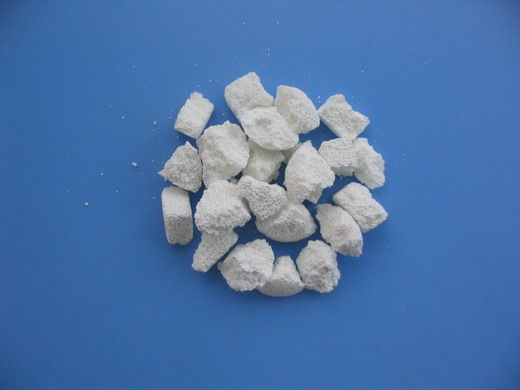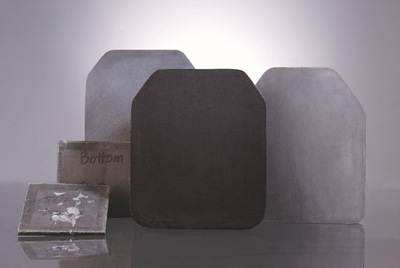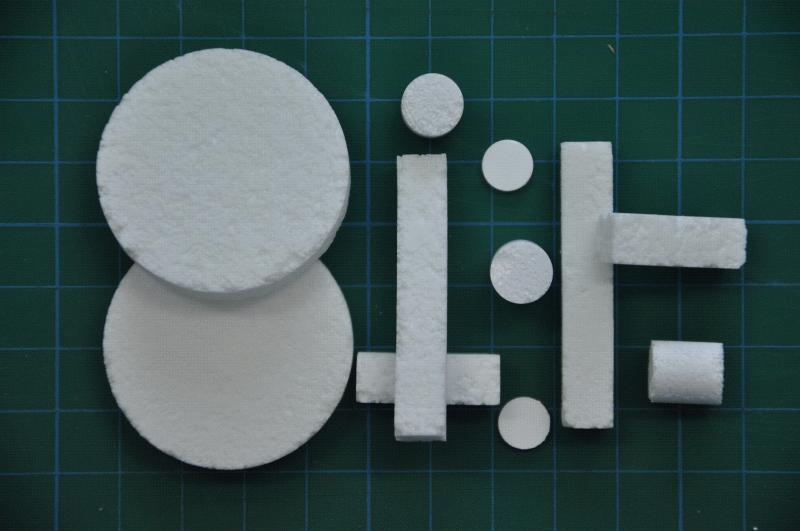Bioactive ceramics refer to a type of bioceramics that can induce special biological reactions on the material interface, thereby forming a chemical bond between the material and the tissue. It mainly includes three types. One type is hydroxyapatite bioactive ceramics, whose surface itself is composed of hydroxyapatite; the other type is bioactive glass, whose surface is not treated with hydroxyapatite, but it can be passed through physiologically. A chemical reaction occurs in the environment to form a hydroxyapatite coating on the surface. In the composition of these two types of materials, there are elements such as calcium and phosphorus that can be replaced by the normal metabolic pathways of the human body, or groups such as hydroxyl groups that can interact with human tissues. The third type of bioactive ceramics is also called Biodegradable ceramics (also called bioabsorbable ceramics), such as tricalcium phosphate, etc., are also used as bioactive ceramics because they can be gradually degraded and absorbed in the body and subsequently replaced by new tissues. The so-called bioactive ceramic means that its surface and human tissue can achieve complete affinity through bond bonding, or it can be partially or completely absorbed and replaced by human tissue. Therefore, bioactive ceramics can be used as a scaffold and vacancy filling body for infiltration or replacement of body tissues. Utilizing this characteristic, it is expected to be made into a microporous material that is very close to the physical and chemical properties of human bone tissue. The bone tissue can grow into the pore. Through dissolution and absorption, the material can be partially or completely processed by the metabolic system and discharged from the body.
Surface bioactive ceramics usually contain hydroxyl groups and are made into porous (about 500μm) products. Human tissues can grow in and bond firmly to the surface; partially absorbed or completely absorbed degraded ceramics can gradually dissolve in the body and induce regeneration Bone growth. The use of the above two types of ceramics is more superior than bone grafting; the supply is readily available, the size change can be controlled, and there is no need to use allogeneic bone and self-bone. The disadvantage is that the strength is severely reduced during the absorption process, especially for bioceramics that can be completely absorbed. Therefore, mechanical design factors must be considered to prevent body tissues and bioactive ceramics from breaking during the intermediate stage of healing.
Hydroxyapatite crystals containing CaO and P2O5 are important inorganic substances that constitute human bones. In bones, hydroxyapatite crystallites with a diameter of less than tens of nanometers account for about 77%, and fibrin bone glue accounts for about 23%. Therefore, it is conceivable that when ceramics containing a large amount of CaO and P2O5 are actually used for bone repair or replacement When used as a material, ceramics can be closely combined with surrounding bones and form new bone components through decomposition reactions. At present, the main bioactive ceramics include bioactive glass, hydroxyapatite ceramics, tricalcium phosphate ceramics and so on.

Hydroxyapatite ceramics
Declaration: This article is provided by CERADIR™ users or obtained from Internet, the content does not represent the position of CERADIR™. We are not responsible for the authenticity/accuracy of the article, especially the effects of the products concerned. This article is for study only, it does not constitute any investment or application advice. For reprinting, please contact the original author. If it involves the copyright and/or other issues, please contact us and we will deal with it asap! CERADIR™ has the interpretation of this declaration.







